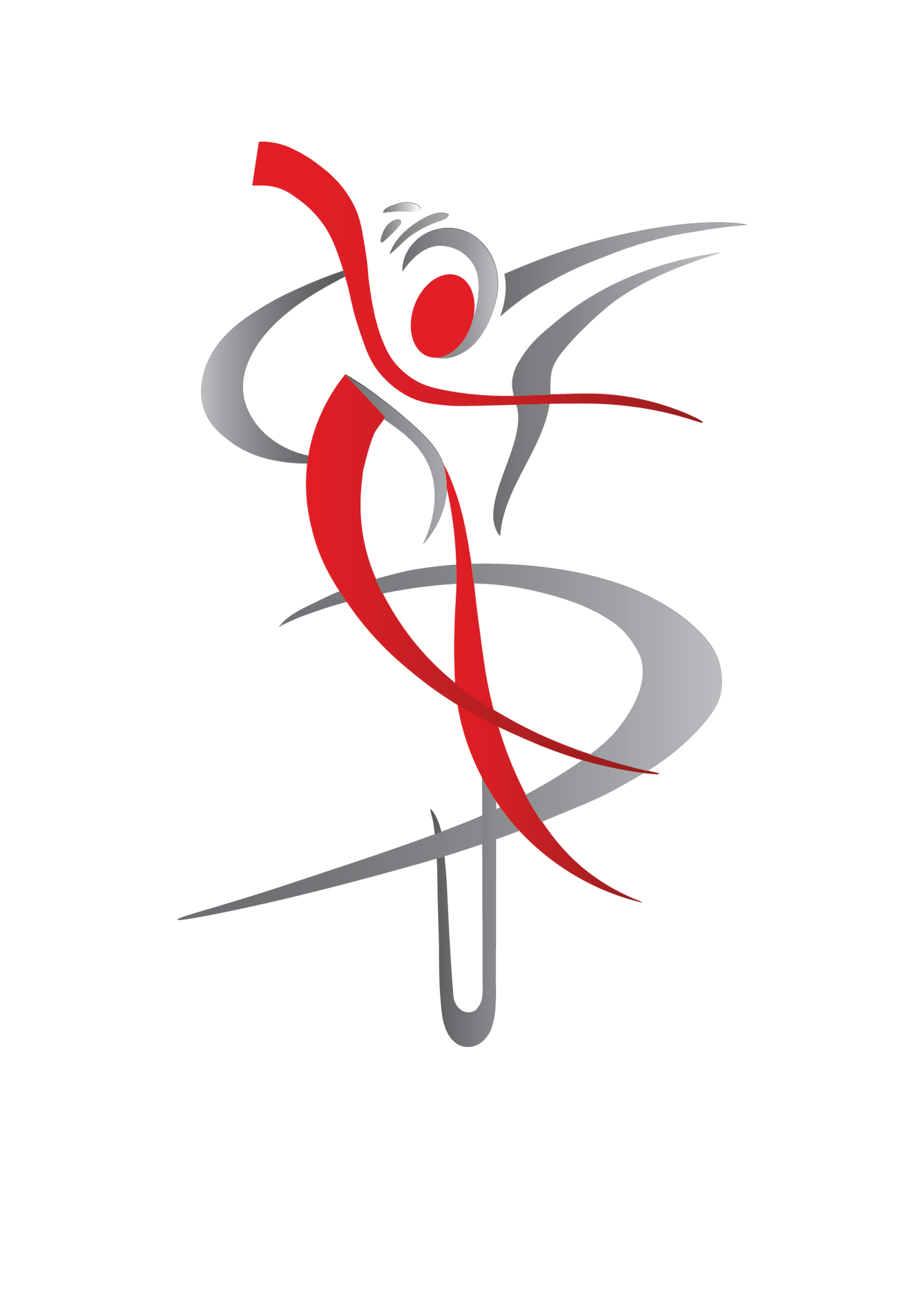Traditions and tensions: Reflections from training in Ghana
Two weeks ago, I returned from a trip to Ghana that promised to be a transformative experience in my study of traditional Ghanaian dance. And it was, in many ways — the training I received in Ghana was truly world class, and my understanding of the dance forms I have been studying over the past few years deepened in immeasurable ways. But another byproduct of this trip was a newfound understanding of the tensions I feel between my study of traditional dance styles and my distaste with elements of the culture that surround such forms that many deem inseparable from their cultural contexts.
I first felt these tensions when I was studying Odissi intensively. I loved, and still love, the form, but the connections between Odissi, Hinduism, religious hierarchy, patriarchy, and homophobia were difficult for me to reckon with. I eventually stopped training formally in Odissi as a result, unable to separate the dance from a cultural background that did not accept me fully as a queer individual uninterested in devoutly practicing Hinduism. I wanted to preserve myself and place myself only in environments that would accept me fully, and I found Odissi and its cultural context irreconcilably opposed to my existence.
Now, years later, I feel faced with the same tensions, arising from my recent intensive study in Ghana. Ghanaian culture is deeply homophobic — almost everyone I interacted with in Ghana readily admitted this. According to Ghanaian belief, queerness did not exist in Ghana prior to colonialism; queerness has no place in traditional African religion, Islam, or Christianity, and thus the highly-religious population generally seems to believe that queerness is a colonial import. And as the country attempts to decolonize every aspect of its culture, homophobia is perhaps an unsurprising byproduct of this all.
In addition to readily admitting to their country’s homophobia, most of the dancers I learned from in Ghana emphasized the interconnectedness of dance and daily life. Dance, to them, cannot be separated from daily life, value systems, hierarchies, and spirituality — for Ghanaians, dance is a prime mode of self-expression that almost every Ghanaian practices to some capacity, and thus is inseparable from other aspects of cultural practice. Similar to in India, dance is universally appreciated and thoroughly integrated into daily life in ways we do not see in the West. It is not confined to the theaters of the bourgeois but rather practiced by all, a key element of traditional spirituality, celebration, power structures, and cultural knowledge. And therefore, I was faced with the same interconnectedness of problematic hierarchies of gender and sexuality with dance that I was during my days as an Odissi dancer.
It is perhaps because of this tension that my work is so genre-blurring, so beyond defined stylistic boundaries, because blurring these cultural boundaries allows me to explore techniques outside of their cultural contexts — If I forego the commitment to preserving “cultural” dance practices, I can also forego a commitment to reproducing problematic cultural value systems. At the same time, are these ties severable? Is it possible to practice Ghanaian dance without believing in the erasure of queerness from these cultural spaces? Is creating work that cannot be defined by a stylistic label enough to separate myself from these problematic histories? Are these ties between culture and art even breakable? Am I, an outsider to this cultural world, allowed to break these ties?
Widening our aperture, these two distinct experiences of mine offer important insights into tensions between technique and context that I believe many dancers grapple with, whether they know it or not. As traditionalist teachers attempt to teach progressive students traditional dance forms with as much connection to their original contexts as possible, people are driven away from the religious piety, the cultural baggage, and the rigidity of so many of these dance styles. In the same way that we find difficulty separating problematic singers from their masterpiece songs, I think we struggle to separate dance forms from their problematic cultural contexts. I know I do. Perhaps the scarcity mindset often expressed by aging traditional dancers, citing the lack of interest in their dance from younger generations, is at least in part a product of this. Maybe the multiplicity of fusion artists unwilling to be bound by stylistic conventions is also a reaction to tensions many feel presenting these dance forms in their traditional contexts.
Who knows. I know I don’t have the answers to any of the questions I am posing, but I know I am continuing to struggle to reckon with the tensions between the art forms I love and the cultural contexts they reside in (which I don’t always love). I also know that I am not alone in this struggle. And I hope as I and so many other artists attempt to navigate these difficult tensions and boundaries, we are shown grace and kindness as we reconcile tensions between our personhood and our craft. Because if our art cannot reflect our own stories, what even is in it for us anymore?
